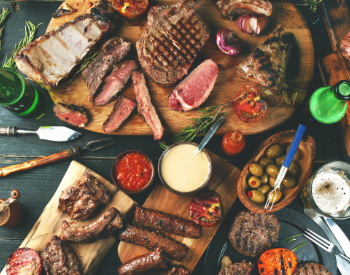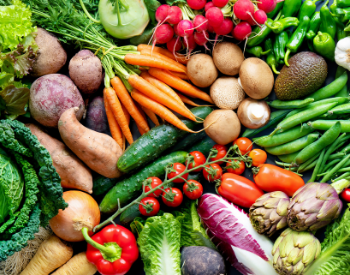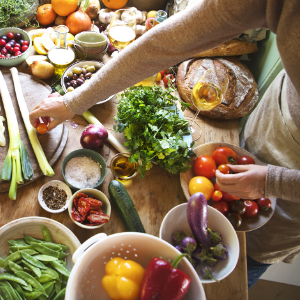While factors such as pollution affect climate change, many people don’t know that food also has a great impact on the environment. Food’s contribution to climate change has led to the production of greenhouse gases, which are gases made by humans that are trapped in the earth’s atmosphere. These greenhouse gases are created when food is produced, transported, and thrown into landfills. But not all foods are bad for the earth, some can help the environment. Keep reading to find out which foods are the most damaging to the earth, and which ones help the environment.

Worst Foods For Climate Change
Beef
Cattle are the worst type of food for the environment. This is due to the number of feed they consume and the methane gas they release into the air. In order to feed cows, plant feed needs to go through a fermentation process. This process creates methane, which is stronger than carbon dioxide. Cows also need a lot of land for grazing, more land than any other domesticated farm animal. The land requirements needed by cows are one of the major reasons for deforestation.
Lamb
Mutton and lambs are bad for the environment for the same reasons as cows: they need too much land and produce methane gas. However, a lamb does not have as much edible meat as a cow which means the land and food resources used to maintain them are going to waste.
Pork
Everyone loves bacon, but scientists have figured out that eating a 4-ounce serving of pork is the same as driving your car for three miles. The production of pork creates emissions of carbon dioxide, which may not be as much as beef or lamb. But as time goes by, the amount of carbon dioxide does stack up and poison the atmosphere.
Chicken
Despite not leaving a large carbon footprint, chicken processing needs more water and energy than other types of meat. Chickens are put inside cage layer houses, where they produce eggs. These cage layer houses produce high emissions of ammonia which has negative effects on fish and plants. As bad as ammonia emissions are, staying away from beef and lamb consumption and switching to chicken is a move many are making to help the environment.
Fish
Of all meats, fish produce the lowest amount of carbon dioxide. The fish that are worst for the environment, however, are tuna and salmon. Tuna is currently being overfished which can lead to the extinction of the species and salmon is being farmed which requires a lot of feed. Not to mention, fish needs to be transported by plane or ships all around the world which requires a lot of energy.

Best Foods For Climate Change
Lentils
Lentils are known to be one of the best environmentally-friendly foods in the world. This is because they produce a very low amount of greenhouse gases, much less than it takes to produce livestock. It also costs less to transport and cook lentils.
Tomatoes
Locally sourced tomatoes have a reputation for being friendly to the environment. Tomato vines are easy to grow which means they require fewer resources. This is why many people grow tomatoes in their backyard.
Green Peas
Green peas are natural nitrogen fixers, which means they take nitrogen from the air that makes them edible and useful to living organisms. It is for this reason that green peas don’t need nitrogen fertilizers or other additives to grow which decreases the number of harmful resources used in farming.
Broccoli
A lot of fruit and vegetables need fertilizers and pesticides to grow and keep them safe for consumption, but this is not the case for broccoli. Because broccoli has natural pesticides that keep organisms and pests at bay, they do not need any of the harmful chemicals found in fertilizers and pesticides for production.
What Can You Do To Help The Environment?
Since meat is the biggest producer of greenhouse gases in terms of food, avoiding the consumption of meat is the best course of action for helping the environment. While not eating meat at all would be the ideal diet for reducing harmful gas emissions, it is not necessary to cut all meat out of your life. Staying away from beef and lamb would already reduce methane production immensely. You can substitute your meat consumption with healthy vegetables such as the ones listed above and encourage others to do the same. If everyone in the world changed their diet to exclude meat, gas emissions would lower and cool down the earth to make it a safer place for all living organisms.









